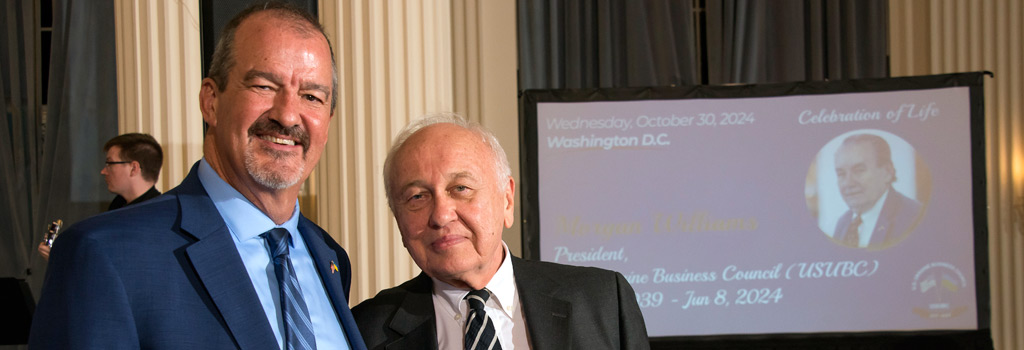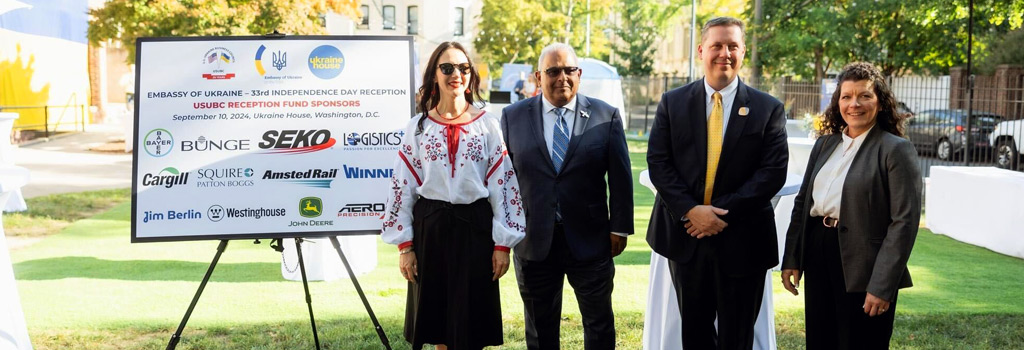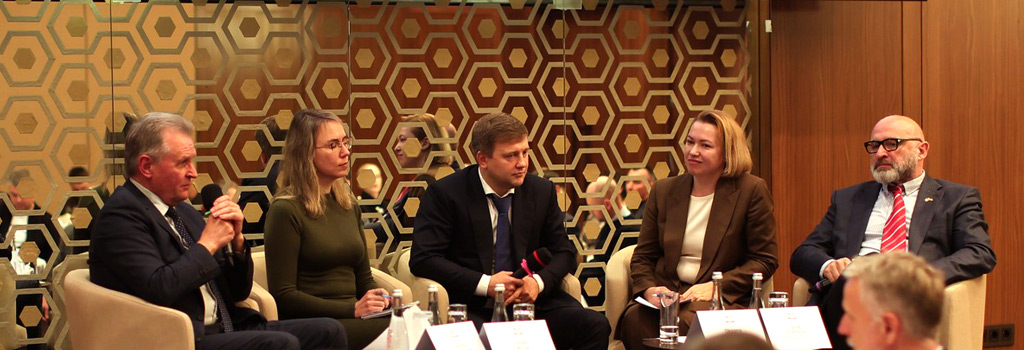Featured Galleries USUBC COLLECTION OF OVER 160 UKRAINE HISTORIC NEWS PHOTOGRAPHS 1918-1997
 Holodomor Posters
Holodomor Posters

CIS Free Trade Agreement Comes into Force

On September 20, 2012 the Free Trade Agreement of the Commonwealth of Independent States signed on October 18, 2011 (the "CIS FTA") came into force for Russia, Belarus and Ukraine
Recent developments
The CIS FTA was signed by Russia, Belarus, Kazakhstan, Armenia, Ukraine, Kyrgyzstan, Moldova and Tajikistan on October 18, 2011 and was ratified by Russia and Belarus in the spring and by Ukraine in August 2012. On September 11, 2012 the CIS FTA was approved by the Parliament of Armenia.
The CIS FTA provides for free movement of goods within the territory of the CIS, non-application of import customs duties, non-discrimination, gradual decrease of export customs duties and abolishment of quantitative restrictions in mutual trade between the CIS FTA member states.
What the agreement says
The CIS FTA establishes that WTO rules will apply to government procurement, customs transit of goods, application of special safeguard, anti-dumping and countervailing measures, technical barriers to trade, as well as provision of subsidies and other measures applied in trade between its signees.
The CIS FTA will bring to the following benefits for business:
• Parties to FTA could not apply additional trade barriers, except for those that are allowed by the CIS FTA, e.g. the Parties could not any longer apply quantitative restrictions (quotas) or other protective measures (e.g. sanitary and epidemic) within the territory of CIS, all existing quotas or protective measures should be cancelled, unless they were introduced as antidumping, safeguard or countervailing measures.
• The CIS FTA allows using the existing special or antidumping measures to the trade between the CIS states.
• It should be noted, that existing non tariff measures could be reviewed by the Parties (e.g. the revision of safeguard duty applicable to caramel imported from Ukraine to Customs Union), in light of their correspondence to WTO provisions,
• Most of Ukrainian origin goods exported to CIS states should not be subject to customs duties (except for goods, listed in addendums, e.g. Russia excluded 76 commodity items (including energy carriers) from the CIS FTA, Ukraine excluded 3 commodity items;
• Customs duties applicable to goods listed in addendums could not be voluntarily increased by the Parties;
• Potential for negotiations on gradual decrease of export and import customs duties, e.g. export duty for energy carriers (Russia), import duty for sugar (Ukraine);
• Freedom of transit, except of transit by pipeline transport;
• Potential for negotiations on freedom of transit by pipeline transport (to be completed within 6 months as of the date of the CIS FTA coming into force);
• Potential for gradual decrease of export duties applicable to goods, listed in addendums (to be initiated within 6 months as of the date of the CIS FTA coming into force (e.g. liquefied petroleum gas, oil, timber, tuna exported from Customs Union into Ukraine));
• New approach to trade disputes in light of WTO membership
Disputes between the member states of the CIS FTA should be settled at the Economic Court of the CIS. At the discretion of a member state, a dispute arising out of the WTO rules can also be settled under the WTO dispute settlement procedures.
This LEGAL ALERT is issued to inform Baker & McKenzie clients and other interested parties of legal developments that may affect or otherwise be of interest to them. The comments above do not constitute legal or other advice and should not be regarded as a substitute for specific advice in individual cases.

















